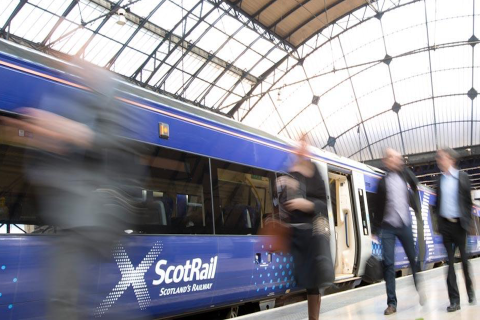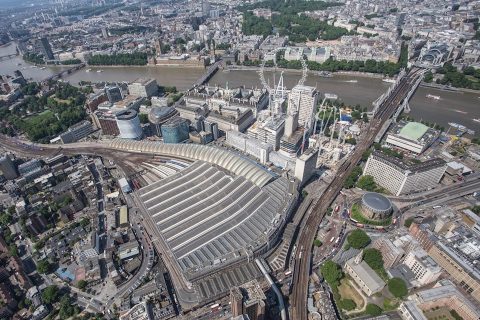ETCS testing for UK Network Rail New Measurement Train

Network Rail has successfully completed European Train Control System testing on the power cars of its New Measurement Train. The yellow-liveried engineering inspection train, adapted from a redundant formation of the diesel-powered ‘High Speed Train’, is hauled by a pair of power cars, designated class 43. In its original formation, the HST design holds the record for the fastest diesel-powered train produced.
Want to read more?
You have read all of your free premium articles for this month. Please become a subscriber to keep reading.
Subscribe now!
Take advantage of our exclusive offer to get full access to all premium content.




